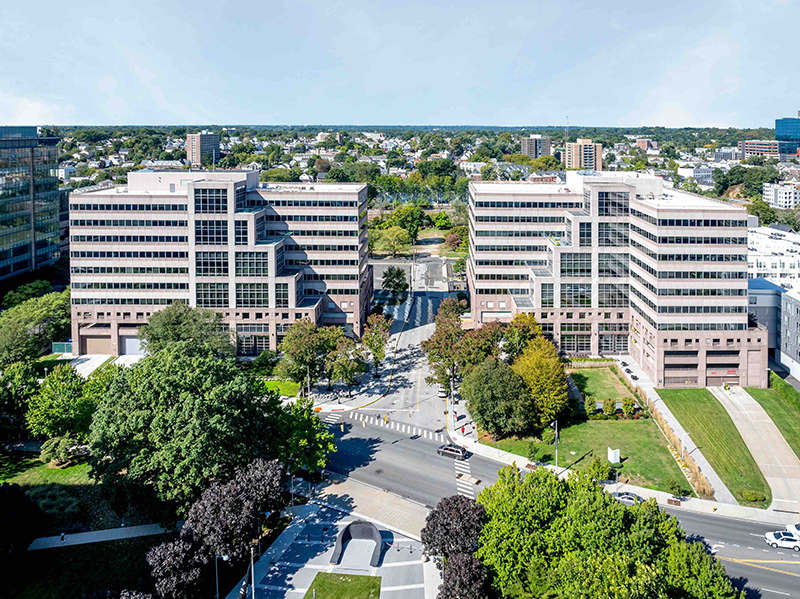News:
Connecticut
Posted: February 18, 2009
Environmental Justice Act puts new demands on business and municipalities
Public Act 08-94, concerning Environmental Justice, went into effect in Connecticut on January 1st, imposing new requirements on certain facilities building or expanding in some municipalities. Briefly, if a facility conducting certain activities requiring permits from DEP wants to build or expand in 25 Distressed Municipalities or in parts of 34 other municipalities, it must prepare an Environmental Justice Public Participation Plan to ensure that there is "enhanced notice" encouraging public participation in the permitting process by the community. The Plan must be submitted to DEP and must include details about the facility and its effect on the community, and provide for notice to relevant residents, groups and elected officials. DEP will not accept any permit application covered by this Act before it approves the public participation plan, and will not act on any permit application for a minimum of 60 days after a required public meeting is held.
The Distressed Municipalities covered by this Act include Bridgeport, Hartford, Meriden, New Britain, New Haven, New London, Waterbury and 18 others. Other municipalities where 30% of the population has income below 200% of the federal poverty level are included, by census block. The 34 municipalities in this group include Bloomfield, Danbury, Fairfield, Greenwich, Groton, Hamden, Norwalk, Shelton, Stamford, West Hartford and Windsor. Facilities wishing to develop there have to check with DEP to see if their address is within a designated census block.
Applicable facilities are those that require general or individual permits from DEP in certain categories, including electric generating facilities of a certain capacity, sludge or solid waste incinerators, sewage treatment plants of a certain capacity, some waste facilities, landfills, medical waste incinerators, major sources of air pollution (defined in the Clean Air Act), transfer stations, biomedical waste treatment facilities, some RCRA facilities and hazardous waste transfer facilities. Construction and significant expansion are both included.
An applicable facility in an Environmental Justice community must file a public participation plan, get DEP approval of the plan before submitting a permit application, and consult with the chief elected official of the town. The resolution of issues raised by the community may require the facility to enter into a community environmental benefit agreement with the chief elected official, which could require payment of funds for environmental causes, establishing a complaint phone line, setting up a community committee to monitor the facility's activities, or the like. Apparently it is not required that an agreement be reached, but a public meeting and consultation are required.
Notice requirements for the public meeting are detailed. DEP will reject plans which do not provide for notice to appropriate groups or where the notice is ineffective. It is suggested that facilities consult with DEP to be sure all relevant groups are identified. The plan must also include a description of the facility and its impact on the community, including traffic, hours of operation and impacts on sensitive receptors, as well as the identification of demographics of the community. In addition to the required public meeting, additional measures such as open houses and facility tours are suggested.
The Act, initiated by the CT. Coalition for Environmental Justice, is administered by the Environmental Justice Program of DEP, headed by Edith Pestana. It is apparent that the new requirements will cause higher costs and delay in approvals. The Act also imposes new responsibilities on a town's chief elected official. Though a public meeting is required and there must be consultation with the official about a possible community environmental benefit agreement, there is no suggestion as to what the agreement should contain or what the effect is of failure to enter into an agreement. There is also no guidance as to how, or if, this process implicates local zoning or wetland procedures, nor how it might coordinate with environmental intervention in that process via Conn. Gen. Stat. 22a-19. Some degree of coordination with the Connecticut Siting Council is provided for facilities that require approval from that group. Consultation with your legal advisor is suggested.
Diane Whitney is head of the Environmental Practice Group at Pullman & Comley, LLC, Hartford, Conn.
Tags:
Connecticut
MORE FROM Connecticut
CBRE brokers sale of Stamford Towers - 326,468 s/f Class A office
Stamford, CT The CBRE team of Jeff Dunne, Steve Bardsley, and Travis Langer, in collaboration with David Block, completed the sale of Stamford Towers, located at 680 & 750 Washington Blvd. CBRE represented the seller, CBRE Investment Management, and procured the buyer, a joint venture of Lamar Companies

Quick Hits










.png)
